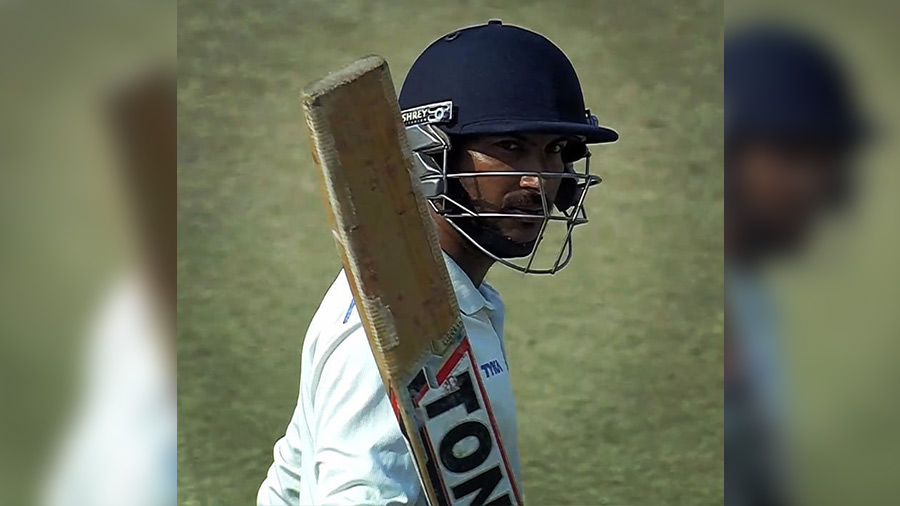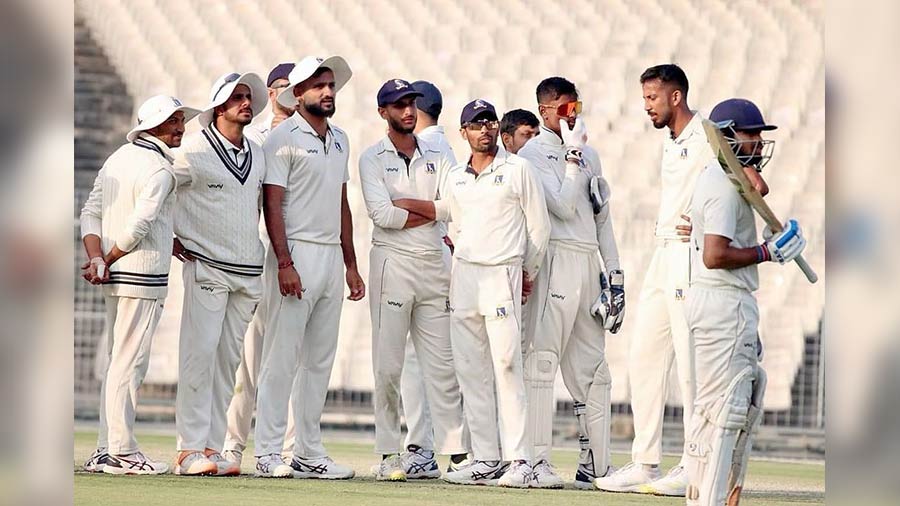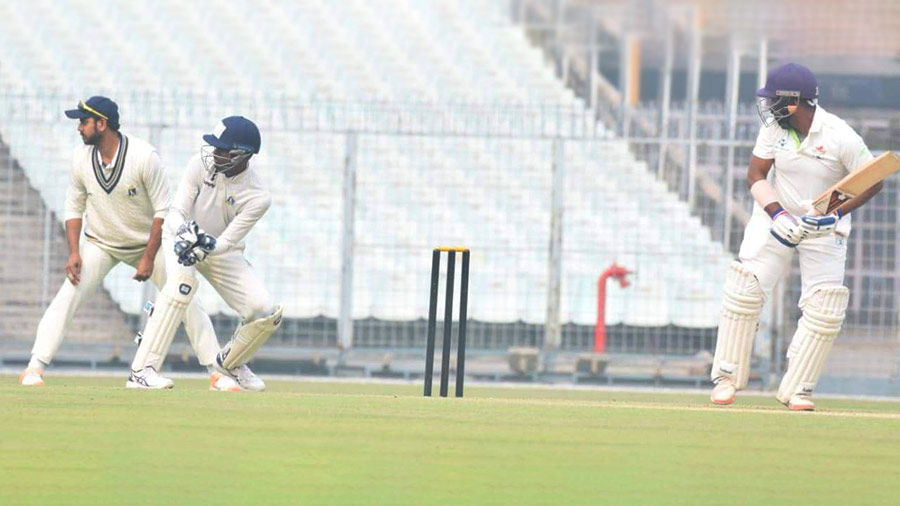The Super Bowl weekend, the post-World Cup congestion of European football and the Border-Gavaskar duel were on the gourmet menu for lovers of elite sports. Yet, it was a small headline in the Indian news feeds that warmed the cockles of this sports-obsessed person’s heart the most — Bengal had trounced current Ranji champions Madhya Pradesh to make the final of what is still the zenith of Indian domestic cricket.
India, of course, is now blessed with the IPL, which has shed most of its razzmatazz to focus on the game, producing through its incredibly competitive cauldron a pipeline of great talent for the national team. Long may it do so, but for me, it complements and never replaces the Ranji as the nursery of Indian cricket.
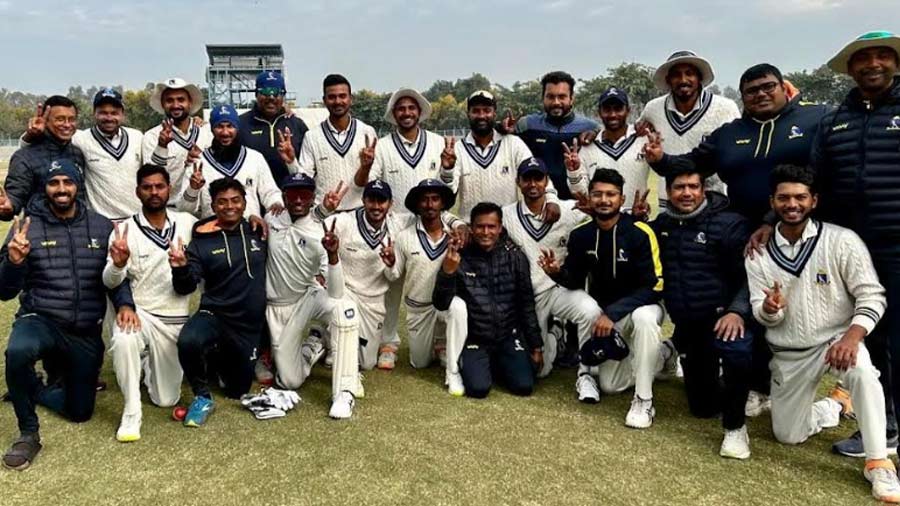
The 2022-23 Bengal team
@akashghatak_official/InstagramFor those not familiar, the Ranji trophy is the apex red-ball competition among India’s plethora of states and regions. The teams come through regional rounds to knockouts, playing in most conditions that can be found across the country. Before the turn of the millennium the tournament was in a rut, mainly because of BCCI neglect and horrid flatbeds that produced boring run fests. In the past few years, the pitches have become sporting, and consequently, like recent Tests, Ranji matches are hard fought and producing results.
Historically, the tournament has been dominated by Mumbai (nee Bombay), which produced so much cricketing talent that it could field a team in itself, while wider Maharashtra had a separate side. The democratisation of cricket in India and its spread to the hinterlands is now reflected even in the tournament, with teams like Saurashtra, MP and Uttarakhand coming up as challengers and champions. Despite the plethora of elite sports distractions, I try to keep an eye on the Ranji trophy and Bengal’s recent performances have only increased my attention span.
Hero of the season
The hero of the season not just for Bengal but also for the tournament is undoubtedly Anustup Majumdar, to whom this tribute is dedicated (disclaimer: we are not related, though I would have been proud to be). He is one of my favourite cricketers, along with Zaheer Abbas, Steve Smith and Alvin Kallicharran. Anustup is 38 years old and has played for Bengal for a decade and a half (interspersed by odd stints with the Railways). In the semifinal against MP last week, he played pivotal knocks of 120 and 80.

(Right) Anustup Majumdar and (left) Sudip Gharami both scored centuries in the Ranji Trophy semi final against Madhya Pradesh, securing a win for Bengal
@CabCricket/TwitterEarlier in the season, he scored massive centuries against Himachal Pradesh and Haryana, and match-winning 83 and 90 against Baroda and Uttar Pradesh, respectively. He has close to 1000 runs this calendar year alone and has a career average of well over 40. Anustup, to me, belongs to a select group of Ranji stalwarts. It is easy to dismiss the likes of him as journeymen. Far removed from the world of the Messis, Federers and Kohlis but close enough to warrant mention with them. It is easy to forget that these guys may not be serial winners but are exceptional talents who have made it to an extremely high level in their field and without whom we would not have a sports ecosystem.
The stalwarts
There have been a few categories of stalwarts in Ranji. The first, I call the ‘lucky’ ones, players who actually made it to the national team on the back of consistent Ranji performances but could not quite replicate their domestic abilities in the international arena, a la Graeme Hick. My sporting consciousness began in the late 1970s, so my list has a temporal bias. Names that come to mind here are Brijesh Patel, that stylist from Karnataka; Ashok Mankad from Mumbai, who was also an astute captain; Parthasarathy Sharma from Rajasthan, a man who carried himself with the bravura of a fox-hunting Thakur but batted carefully and defensively; Delhi’s Surinder Amarnath, son of Lala and brother to 1983 World Cup winning legend Mohinder, and more recently, the upright and elegant Mumbai opener, Wasim Jaffer. Among bowlers, there would be the veteran spinners: Rakesh Shukla, Dhiraj Parsana and Gopal Sharma, and Bengal’s own, Utpal Chatterjee.
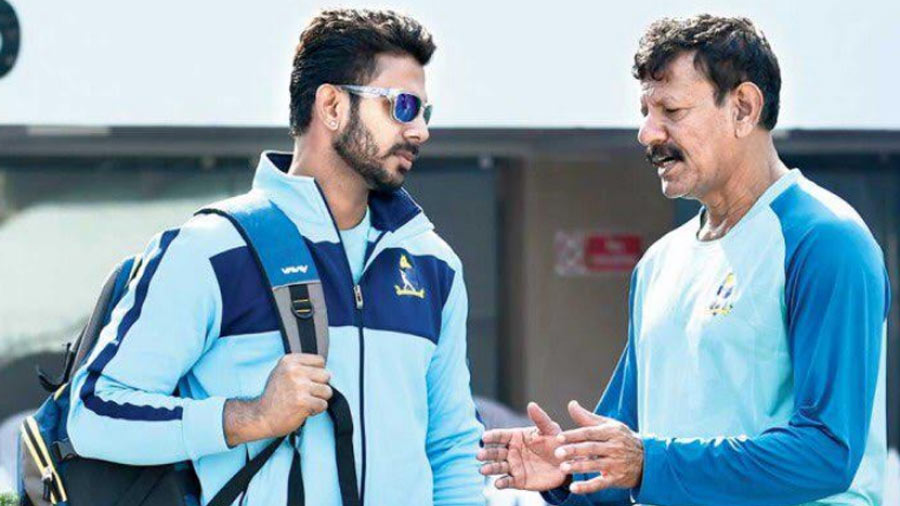
Bengal team's (left) Manoj Tiwary with Ranji stalwart and erstwhile Bengal team coach (right) Utpal Chatterjee
@tiwarymanoj/TwitterThere is a second category of stalwarts who were ‘undone by fate’. In any other era, they would have been Indian regulars but because of the timing of their birth, ended up competing for place with all-time greats. On top of this list is a trio of spinners: Paddy Shivalkar of Mumbai, Rajinder Goel of Haryana and V.V. Jumar of Karnataka. Skill, guile and talent would have made these spinners a blind pick had their careers not coincided with those of Bishan Bedi, Erapalli Prasanna, Bhagwath Chandrasekhar, Srinivas Venkataraghavan and Dilip Doshi.
In fact, even Doshi had to bide his time till the age of 33, but still managed to get 25 odd tests and more than 100 wickets. Others were not as lucky. Like Amol Muzumdar, one of Mumbai’s many prodigies who started scoring heavily as a school boy and never really stopped. He could have migrated to Sri Lanka or New Zealand and played a hundred Tests. While he amassed runs galore for Mumbai, the Indian middle order was a closed shop of Rahul Dravid, Sachin Tendulkar, V.V.S. Laxman and Sourav Ganguly.

L-R: Bhaskar Pillai, Gopal Bose and Surinder Amarnath
TwitterDelhi’s 1980s champion Bhaskar Pillai and Gopal Bose from Bengal are perhaps two other names that can be considered in this category. There were in their case some vagaries of selection, thanks to the politics of regional quotes in the 1970s and 80s. You would think till Chetan Chauhan established himself as a safe opening choice with Sunil Gavaskar, there was an opportunity for Bose to be blooded in. Bhaskar’s window was during the transition between Gundappa Vishwanath and Mohammad Azharuddin. Mumbai’s nippy left-arm seamer Abdul Ismail was a victim of a time when no one really paid attention to seamers with India often fielding four spinners, as perhaps was the case with Ranadeb Bose of Bengal, who was in his prime just before India became a pace-oriented attack overseas.
A Feluda fan and a Topshe
Anustup, however, belongs to a separate breed. Unlike those mentioned above, he has never been in the national reckoning or on the periphery of India selection. Even this year, his gigantic scores have not induced even a murmur of a possible call-up. All the debate has been about Prithvi Shaw, Yashasvi Jaiswal, Sarfaraz Khan — all deserving names, but all of whom have scored less than Majumdar this season and certainly have not been close to him in terms of impact for the team. In that sense, players like Majumdar are real stalwarts, ultimate professionals who year after year turn up for the state and region, take pride in performance and records, and yet no hold no expectation of making India nor hold any grudges as a result.

Anustup Majumdar
I read recently that Anustup is a massive fan of Satyajit Ray’s great detective creation, Feluda. I mean this not as an insult, but as a tribute that the likes of Anustup are very much like Topshe, Feluda’s assistant-cum-chronicler cousin. The equivalent of Watson to Holmes or Hastings to Poirot. Without Topshe, Watson or Hastings, Felu, Holmes and Poirot are never whole. In fact, without the dedicated chronicling of their assistants, the detectives and their stories do not exist. Anustup and his fellow stalwarts are the Watson to the Holmes of Kohli and Rohit Sharma. Without their sterling contributions, Indian cricket itself is poorer. They are bedrock of the system that makes us a cricket powerhouse. A Ranji triumph would be a befitting crowning glory for this humble and yet magnificent son of Bengal cricket.


